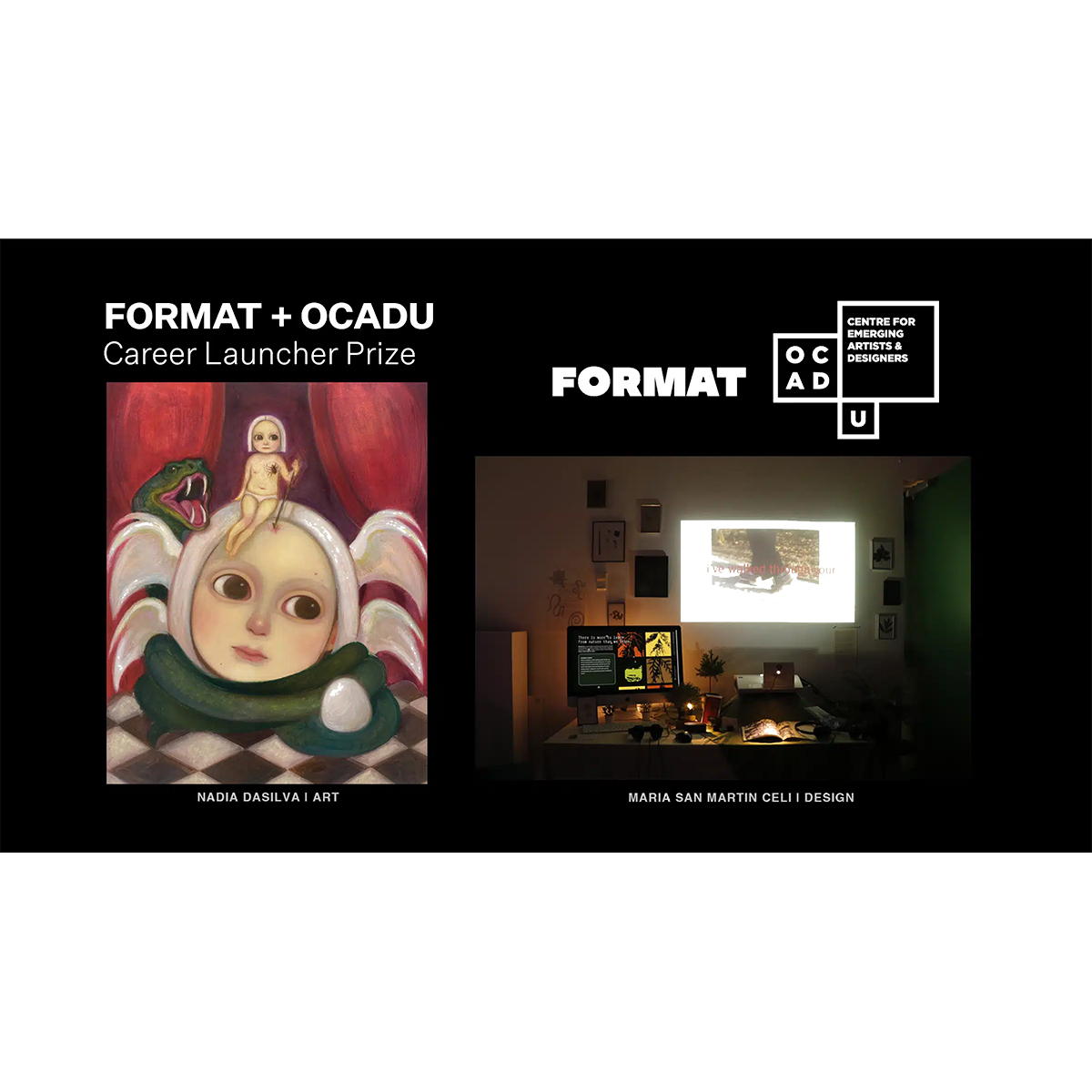Los portafolios digitales se han convertido en herramientas innegociables para artistas y creativos de todo tipo, y los arquitectos no son una excepción. En este artículo, te proporcionaremos las herramientas necesarias para crear un portafolio único en su clase, diseñado para ayudarte a causar impacto y conseguir más clientes. Desde conservar tus proyectos e imágenes hasta asegurarte de que el diseño de tu sitio web respalda tus objetivos, aquí tienes todos los consejos que necesitas para crear o actualizar tu portafolio.
El poder de los elementos de diseño únicos
Dado que las fotografías y las maquetas de tu trabajo ocuparán un lugar central, es fácil olvidar el impacto que tienen otros elementos de diseño en la presentación general de tu portafolio. Pero estos elementos son exactamente los que unen tu trabajo y hacen que tu portafolio parezca profesional, memorable y exclusivamente tuyo.
Vistos en conjunto, los elementos de diseño de tu portafolio de arquitectura proporcionan a tus visitantes información importante sobre tu negocio de diseño, convirtiéndote en una opción más atractiva. Veamos exactamente cómo funciona esto en acción, con ejemplos de miembros de Format en el campo del diseño arquitectónico.
Diseño de la cartera
Los diseños enfatizan distintos elementos de tus fotografías de arquitectura, por lo que es importante que pienses en lo que quieres comunicar cuando elijas un diseño para tu portafolio.
Un diseño limpio y minimalista puede resaltar la tradición y la profesionalidad, mientras que una estructura de cuadrícula asimétrica o poco convencional añade un toque contemporáneo y moderno. El tamaño de las imágenes de tu diseño también es importante: las imágenes grandes causan un impacto impresionante y atraen la atención del espectador hacia los detalles más sutiles de tu trabajo, mientras que las imágenes pequeñas te permiten mostrar más proyectos a la vez, destacando el alcance de tu experiencia como diseñador arquitectónico.
Nicholas Gurney
Por ejemplo, echa un vistazo a la cartera del arquitecto australiano Nicholas Gurney.

Tema del formato: Sierra
El minimalismo del diseño de este portafolio se adapta perfectamente para reflejar el minimalismo de los diseños del arquitecto. Aquí, la cuadrícula escalonada evoca sencillez y modernidad. Estas son exactamente las cualidades que valoraría el público objetivo del diseñador, así que reflejarlas en el diseño del portafolio es la forma perfecta de captar su atención.
Otra ventaja de esta disposición es que pone de relieve la adaptabilidad de Gurney a distintos tipos de proyectos y estilos, lo que ayuda a los posibles clientes a centrarse rápidamente en los proyectos que les interesan especialmente.
HK Associates Inc
Para un enfoque diferente, echa un vistazo a la cartera de HK Associates Inc.

Tema del formato: Horizon
Este equipo de marido y mujer trabaja principalmente en casas amplias y espaciosas en el hermoso paisaje de Arizona. La elección de un diseño de portafolio con un carrusel de grandes imágenes de borde a borde llama la atención sobre sus magníficos y amplios interiores. Además, como la imagen de la página de inicio es dinámica, esta elección de diseño no limita a la empresa en cuanto al número de proyectos que pueden mostrarse en la parte superior de la página. Al utilizar un diseño de carrusel, el tamaño no tiene por qué ir en detrimento de la variedad.
Batay-Csorba Arquitectos
Otra forma de utilizar imágenes más grandes sin dejar de mostrar varios proyectos puede verse en este ejemplo de Batay-Csorba Arquitectoscon sede en Toronto.

Tema del formato: Horizon Left
En lugar de un carrusel, este diseño utiliza un efecto único de desplazamiento horizontal. A medida que los usuarios se desplazan con los dedos, las imágenes se desplazan de derecha a izquierda, revelando nuevos proyectos y texto. Dado que el desplazamiento vertical es mucho más habitual en el diseño web, este elemento inesperado hace que el diseño resulte especialmente cautivador.
Color
El color comunica mucho cuando se trata del diseño de un portafolio. Los colores que elijas deben reflejar los colores de tu marca, pero sin sobrecargar las imágenes arquitectónicas. La paleta más habitual para los portafolios de arquitectura, como puedes ver en los ejemplos que hemos visto hasta ahora, es un blanco nítido y limpio con texto negro.
Sin embargo, no tienes por qué limitarte necesariamente a esto. Por ejemplo, HK Associates Inc optó por una combinación de gris claro y negro. En su diseño se utilizan con frecuencia materiales grises similares a la piedra, por lo que esta elección refleja perfectamente su estética de diseño.
Matt Elkan
La cartera de la empresa australiana Matt Elkan también se aparta del fondo blanco habitual:

Formato Tema: Horizon
Elegir el gris oscuro, o incluso el negro, refleja la reciente tendencia a diseñar en modo oscuro. Como la gente se pasa más tiempo mirando pantallas, entrar en una página diseñada en modo oscuro puede resultar especialmente relajante para los ojos, invitando a los usuarios a quedarse más tiempo. Además, esta elección hace que los colores de las imágenes de su portafolio, desde los verdes terrosos a los marrones cálidos, resalten aún más.
Tipografía
Incluso el portafolio de diseño más parco y minimalista incluirá algo de texto, por lo que elegir la tipografía adecuada es imprescindible. Asegúrate de que tu elección de fuente no vaya en contra del mensaje general de tu portafolio.
Por ejemplo, si tu estilo de diseño es moderno y contemporáneo, lo mejor es que optes por una fuente sans-serif elegante y profesional, como las utilizadas en los ejemplos anteriores. Si tu práctica del diseño es más tradicional o trabajas en casas históricas, una fuente serif respetable puede ser más adecuada para transmitir la majestuosidad de tus proyectos.
Elijas lo que elijas, abstente de elegir un tipo de letra muy moderno y estilizado en cualquier lugar que no sea tu logotipo. Tienden a distraer del evento principal -tus proyectos de arquitectura- y también pueden sacrificar la legibilidad.
Técnicas innovadoras de presentación
Más allá de los diseños estáticos tradicionales, puedes diferenciar aún más tu portafolio y asegurarte de que impresiona a tu público objetivo incorporando elementos interactivos que inviten a los usuarios a participar activamente en tus proyectos.
Esto podría adoptar la forma de modelos 3D interactivos, recorridos virtuales o deslizadores dinámicos que muestren la evolución de tus diseños. Cuando añadas elementos innovadores a tu portafolio, ten en cuenta que el objetivo es ofrecer una experiencia más envolvente al visitante. Incluir elementos geniales sólo porque son novedosos no suele ser una buena idea: el objetivo debe ser enriquecer la comprensión de tu trabajo por parte de tu público.
Una buena forma de asegurarte de que tu portafolio mantiene el mensaje es pensar en términos de narración. En lugar de limitarte a mostrar imágenes, intenta llevar a tu público de viaje. Podrías hacerlo mediante series de fotos, o acompañándolas de texto para articular cosas como los retos de diseño a los que te enfrentaste, las inspiraciones y las soluciones innovadoras.
Aventurarse más allá de la fotografía para incluir otros elementos multimedia, como vídeos, renders, animaciones e incluso audio, puede contribuir a dar vida a tus diseños, ayudando a los visitantes a hacerse una idea más completa de tus proyectos. El uso de diferentes formas de medios y nuevas tecnologías puede dar a tu portafolio una gran ventaja sobre la competencia, invitando a los visitantes a experimentar plenamente el mundo o tus proyectos arquitectónicos en lugar de mostrarles sólo una instantánea de ellos.

Centrarse en detalles memorables
A diferencia de, por ejemplo, un cuadro o una pieza de diseño gráfico, los proyectos de arquitectura son más difíciles de mostrar en una pantalla de ordenador porque no se pueden plasmar completamente en una sola imagen. Tu trabajo consiste en centrarte en los detalles más importantes de cada proyecto y seleccionar las imágenes para llamar la atención sobre ellos. Puede ser tentador querer incluir cada pequeño detalle de una construcción, pero en realidad, lo mejor es ser implacable sobre cuáles son los aspectos más memorables y destacarlos. Tu objetivo debe ser captar la esencia de tu proyecto sin abrumar -o aburrir- a tu público.
Recordando la importancia de contar historias, piensa en la narrativa que quieres transmitir para cada proyecto cuando selecciones tus imágenes más impactantes. Aquí tienes algunos consejos que te ayudarán a comisariar como un profesional:
- Evita la monotonía - Busca un equilibrio entre variedad y coherencia. Al tiempo que muestras detalles memorables, utiliza diversas perspectivas y ángulos para mantener el interés visual.
- Imágenes de calidad - Elijas lo que elijas, opta por imágenes de alta calidad que muestren tu proyecto con la mejor luz. Presta atención a la composición, el encuadre y la iluminación para acentuar eficazmente los detalles más memorables.
- Céntrate en el factor sorpresa - Destaca los elementos arquitectónicos sobresalientes que definen el carácter del proyecto. ¿Qué es lo que más entusiasmó a tus clientes? Esa es una buena pista de lo que debes mostrar.
- Considera la escala y la proporción - Muestra imágenes que transmitan eficazmente la escala y la proporción de tus diseños. Elegir un diseño de página recargado o imágenes pequeñas puede impedir que un interior aireado y espacioso cause un impacto visual.
- Diversidad de tomas - Incluye una mezcla de primeros planos, vistas gran angular y planos contextuales para obtener una representación visual completa.
- Capta la interacción humana - Si procede, incorpora imágenes que muestren cómo interactúan las personas con el espacio y cómo lo experimentan.
Equilibrar coherencia y diversidad
Del mismo modo que tienes que ser estratégico a la hora de elegir las imágenes de cada proyecto, debes pensar bien qué proyectos incluir en tu portafolio. Puede resultar tentador incluir cada pequeña cosa en la que hayas trabajado, pero eso puede confundir a tu cliente objetivo. Mostrar tu gama a través de una variedad de proyectos, estilos y escalas es una gran idea, pero asegúrate de no sacrificar la narrativa cohesiva de tu negocio y marca en el proceso.
¿Quién es tu cliente objetivo? ¿En qué proyectos pueden estar interesados? Esto debe estar en primer plano, para ayudar a tu público objetivo a visualizar más fácilmente la posibilidad de trabajar contigo.
La narrativa que une tus diversos proyectos puede ser el uso frecuente de materiales preferidos, tu enfoque de diseño respetuoso con el medio ambiente, tu perspicacia única para resolver problemas, o algún otro hilo que una tu trabajo y defina tu enfoque como arquitecto.
Incorporar testimonios e historias de clientes
Un diseño magnífico expuesto en una cartera llamativa atraerá a posibles clientes, pero la estética no es lo único que les importa.
¿Cómo es trabajar contigo? ¿Terminas los proyectos a tiempo y dentro del presupuesto? ¿Haces que los clientes se sientan seguros de que su casa o propiedad está en buenas manos? ¿Superas sus expectativas con un factor sorpresa adicional que hace que te recomienden a todo el mundo? Estas son preguntas que pueden plantearse los nuevos clientes potenciales, y una forma impactante de responderlas es con testimonios e historias de clientes.
Puesto que tu página de inicio está mejor dedicada a tus proyectos, una buena forma de mostrarlos es en una página dedicada accesible a través del menú de tu sitio web. ¿Recuerdas todas esas opciones multimedia que hemos mencionado antes? Este es el lugar perfecto para utilizarlas. Por ejemplo, en esta página puedes tener vídeos de un proyecto con el audio de un cliente dando su testimonio oral.
Incluir testimonios en el sitio web de tu portafolio añade un elemento de autenticidad y credibilidad que sólo la prueba social puede proporcionar, así que no te saltes este importante paso.
Construir una sólida presencia en Internet con Format
Tu sitio web y tu presencia en las redes sociales deben funcionar conjuntamente para transmitir una presencia en línea fuerte y unificada que se dirija a tu público objetivo.
Format puede ayudarte dándote las herramientas para crear un sitio web de portafolio impresionante que se verá igual de bien en el móvil que en el ordenador de sobremesa, garantizando que, independientemente de cómo los clientes potenciales encuentren tu sitio web, tengan una experiencia positiva. Las imágenes y los vídeos se muestran de forma rápida y atractiva, manteniendo a los visitantes en la página y reduciendo las tasas de rebote.
Format también tiene herramientas integradas para garantizar que tu sitio web de portafolio y las redes sociales funcionen juntos: por ejemplo, puedes incrustar tu feed de Instagram directamente en tu sitio web de portafolio, manteniéndolo fresco con nuevas imágenes sin necesidad de actualizarlo directamente todo el tiempo.
Con más de 90 temas de diseño profesional para elegir, puedes crear el hogar perfecto en la web para tu negocio de arquitectura. Tanto si la gente te descubre en las redes sociales como en la vida real, dirigirles a un sitio web de portafolio potente y que impulse la conversión puede ayudarte a conseguir más clientes y ampliar tu red profesional.
Aumente su audiencia
Las herramientas SEO y de portafolio fáciles de usar te permiten personalizar tu sitio y los resultados de los motores de búsqueda en cuestión de minutos.
Tanto si eres un arquitecto novel como un profesional experimentado, crear un portafolio arquitectónico que ayude a tu empresa a destacar es posible con las herramientas y técnicas adecuadas.
Ten en cuenta los elementos de diseño que utilizas, sobre todo el diseño, los colores y el tipo de letra, para asegurarte de que tu marca es la adecuada y de que comunicas tu valor como diseñador. No rehúyas las técnicas de presentación innovadoras, especialmente las que son posibles gracias al uso de multimedia. Cuando selecciones proyectos para tu portafolio, procura equilibrar coherencia y diversidad, y céntrate en elementos visuales que llamen la atención sobre los detalles más memorables de tus proyectos. Por último, no olvides incorporar testimonios para dar un toque personal.
Emplear estas estrategias puede ayudarte a causar un impacto duradero en tus posibles clientes y colaboradores, ayudándote a alcanzar nuevas cotas en tu práctica de la arquitectura.












